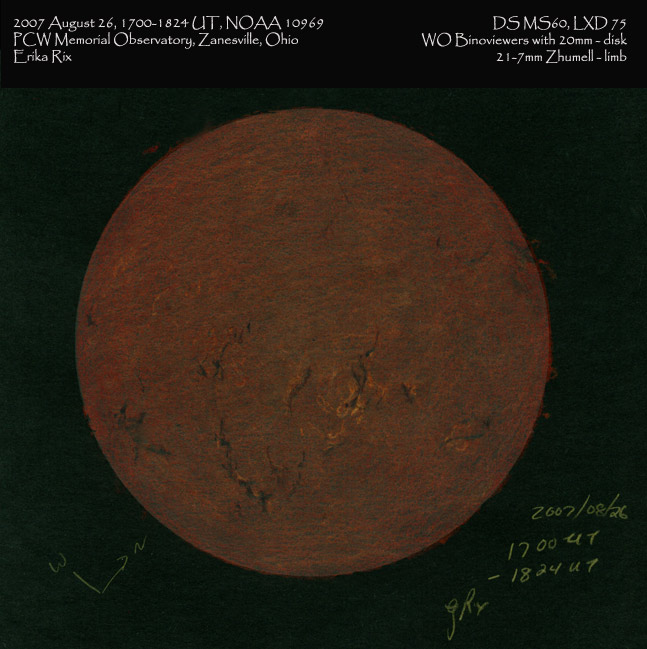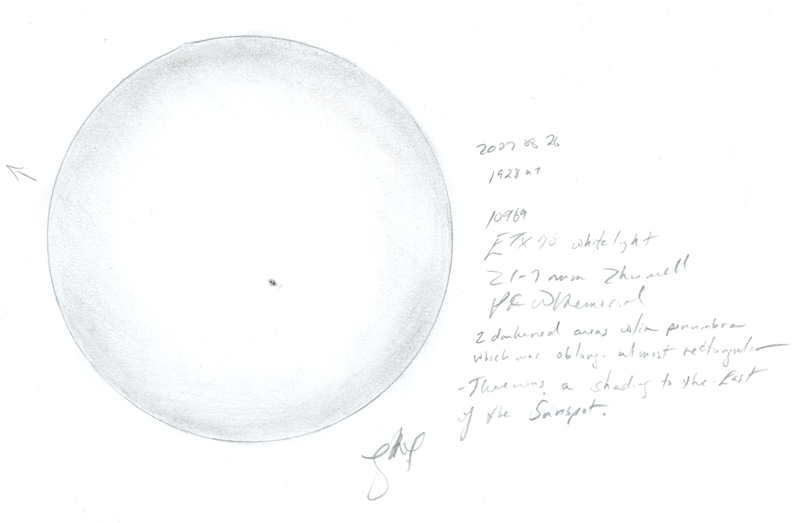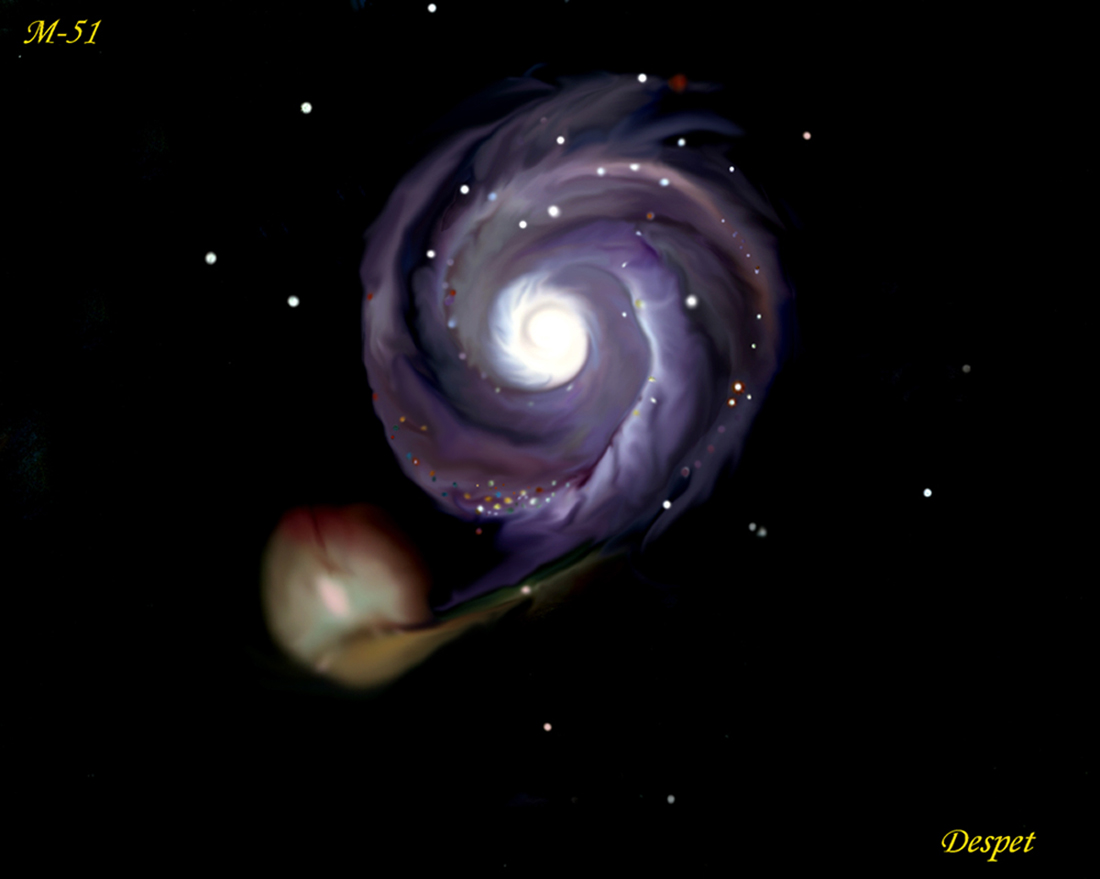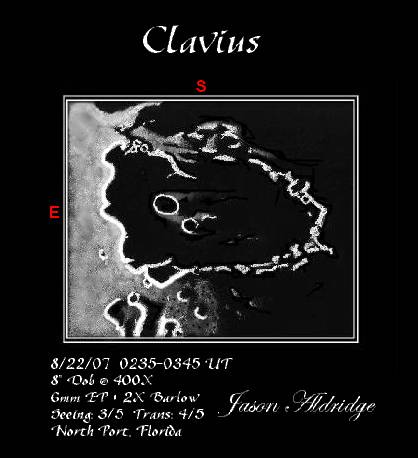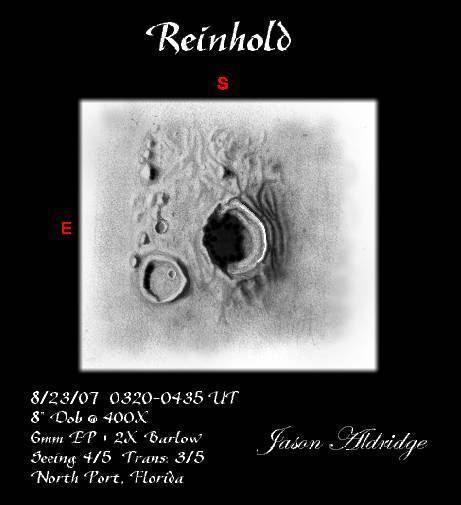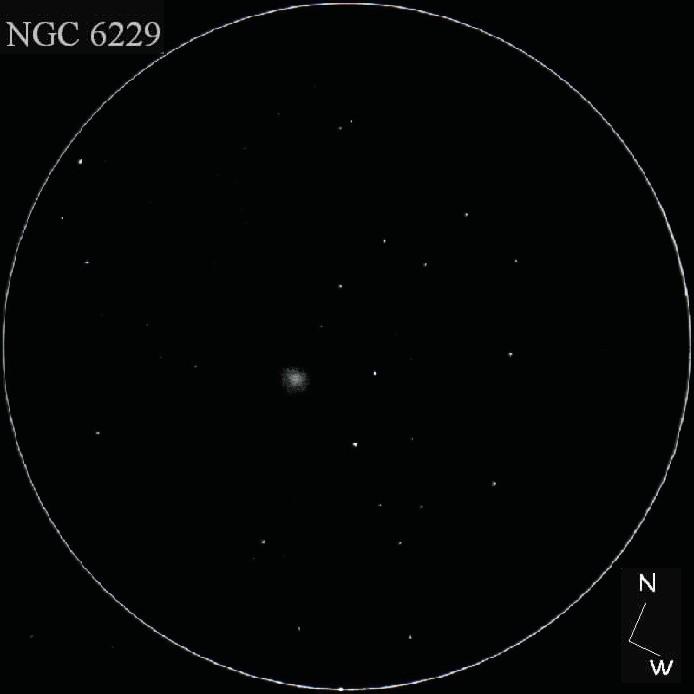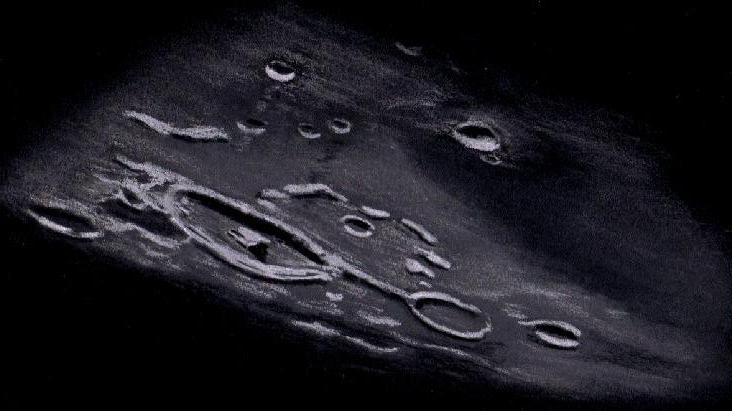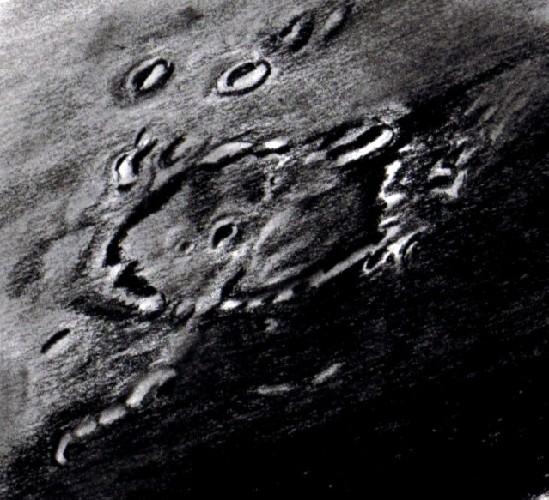You can see the effects of the magnetic fields through the long fingers of the
filaments holding the cooled dense gas in place. Although this observation is mainly
in the chromosphere and lower parts of the corona, the filaments are generally held
in place by regions of opposing magnetic polarity within the photosphere. Of course
this is also the case for the prominences, as prominences are filaments above the
limb where the gas is set in front of the black sky instead of the disk. Although
the filaments were very impressive on the disk itself, they were not so impressive
on the limb today. Having said that, take a look at the faint section of prominence
that appears to be floating off the limb in the WNW region.
NOAA 10969’s plage intertwined and reached out with crooked fingers.
The next observation was using a white light filter where over 99.999% of the Sun’s
light is blocked out, making it possible for me to view the photosphere. This is
called white light. You can see NOAA 10969 in the cooler layer. The chromosphere
becomes invisible to me again. The two dark sections of umbrae within the penumbra
of this action region were very prominent. I could see a darkened outline of the
penumbra and it had an almost rectangular shape with curved corners. Of particular
interest was the very faint darkened area to the right of the sunspot. This happens
to me fairly often, seeing little bonus features like this. I’m still not sure what
causes it. Normally I would think it was contrast from faculae that I was unable to
discern. Normally we can only see faculae closer to the darker limb regions. But
often I can see an outline of contrast suggesting faculae present when the active
region is toward the center of the disk.
This time it is a little different. If I didn’t know any better, it looked like a
thick triangular cooler region next to the sunspot. By this I mean cooler than the
photosphere, hotter than the umbra, and only just slightly hotter than the
penumbrae.
2007 08 26, 1700-1928 UT
PCW Memorial Observatory, Zanesville, Ohio
Equipment used:
Internally Double stacked Maxscope 60mm, WO Binoviewers, 20mm WO EP’s, LXD75.
Meade ETX70-AT, 21-7mm Zhumell, glass white light filter.
Seeing above average with only a few moments of quivering, transparency above average.
Temps 80.1 °F / 26.7 °C to 78.1 °F / 25.6 °C over course of observation.
Winds 4.6 mph – 6.9mph NNE/ 11.1 km/h.
Clear progressing to mostly cloudy by the end of the session.
Humidity 54%
H-alpha sketch was rendered using Prang colored pencils and Black Strathmore
Artagain paper. White light sketch was created with photocopy paper and a number 2
pencil.
Erika Rix

